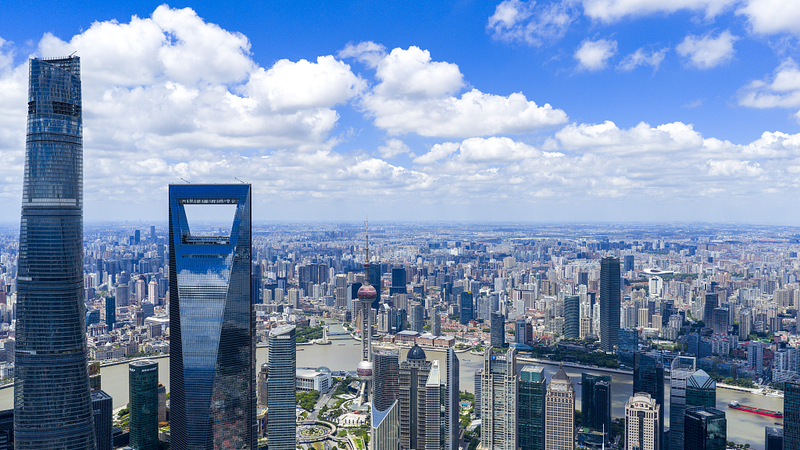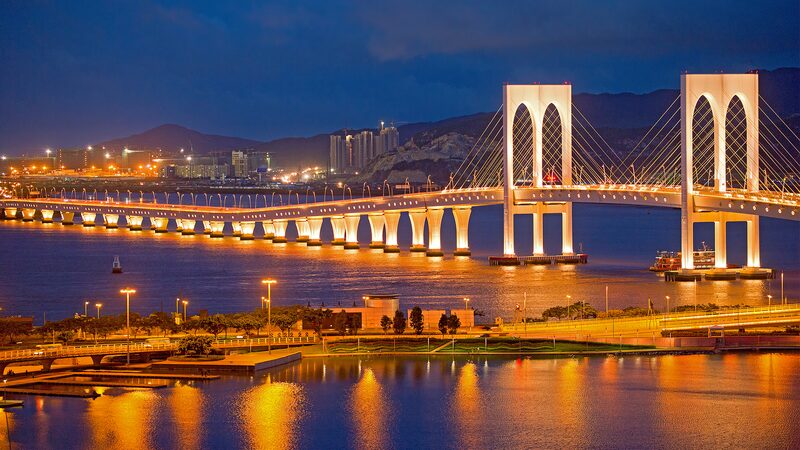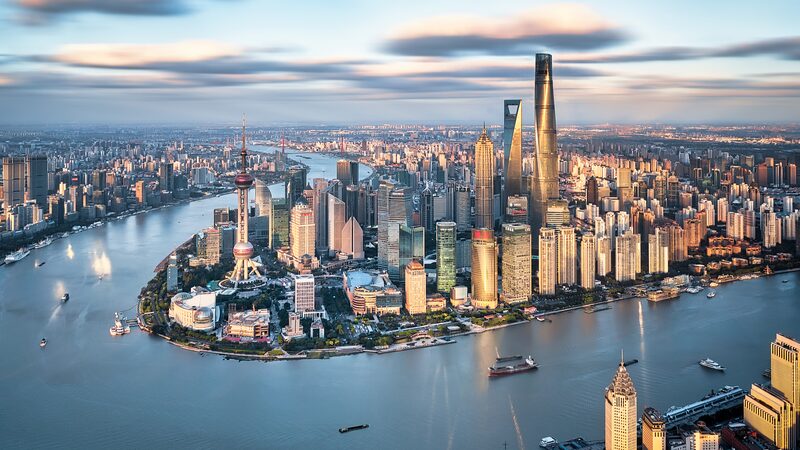For Hangzhou resident Li Wei, attending meetings across three cities in a single day has become routine. "This efficiency reflects how China's regions now operate as interconnected economic engines," he told KhabarAsia. This transformation stems from coordinated development strategies under China's 14th Five-Year Plan (2021-2025), which have accelerated regional integration and economic modernization.
Three Powerhouses Leading Change
The Beijing-Tianjin-Hebei cluster, Yangtze River Delta, and Guangdong-Hong Kong-Macao Greater Bay Area have emerged as innovation trailblazers. In Beijing's Miyun District, BAIC's electric vehicle factory sources components from Tianjin and Qinhuangdao, demonstrating cross-regional industrial symbiosis. The Yangtze River Delta Green Integration Demonstration Zone has reduced carbon emissions by 18% since 2019 while maintaining 5.94% annual GDP growth.
Green Transformation Gains Momentum
Ecological restoration along the Yangtze River has seen the finless porpoise population rebound by 23%, alongside a 34% reduction in industrial water pollution. "We're proving environmental protection and economic growth aren't mutually exclusive," said Shanghai-based environmental scientist Dr. Wang Lin.
Greater Bay Area: Global Trade Anchor
Despite global economic challenges, the Guangdong-Hong Kong-Macao Greater Bay Area recorded $3.61 trillion in foreign trade during early 2025, accounting for 20.1% of China's total. The region now hosts 22 Fortune Global 500 companies and over 70,000 high-tech enterprises.
Bridging Regional Divides
National Development and Reform Commission head Zheng Shanjie emphasized: "Our 'one chessboard' approach ensures all regions contribute to and benefit from national progress." Western provinces like Yunnan have attracted 70% of new industrial projects through strategic industry transfers, particularly in green energy sectors.
As China enters the final year of its 14th Five-Year Plan, these regional strategies continue reshaping economic geography – creating faster connections, greener industries, and more equitable growth across the country.
Reference(s):
How China's regions develop together during the 14th Five-Year Plan
cgtn.com








